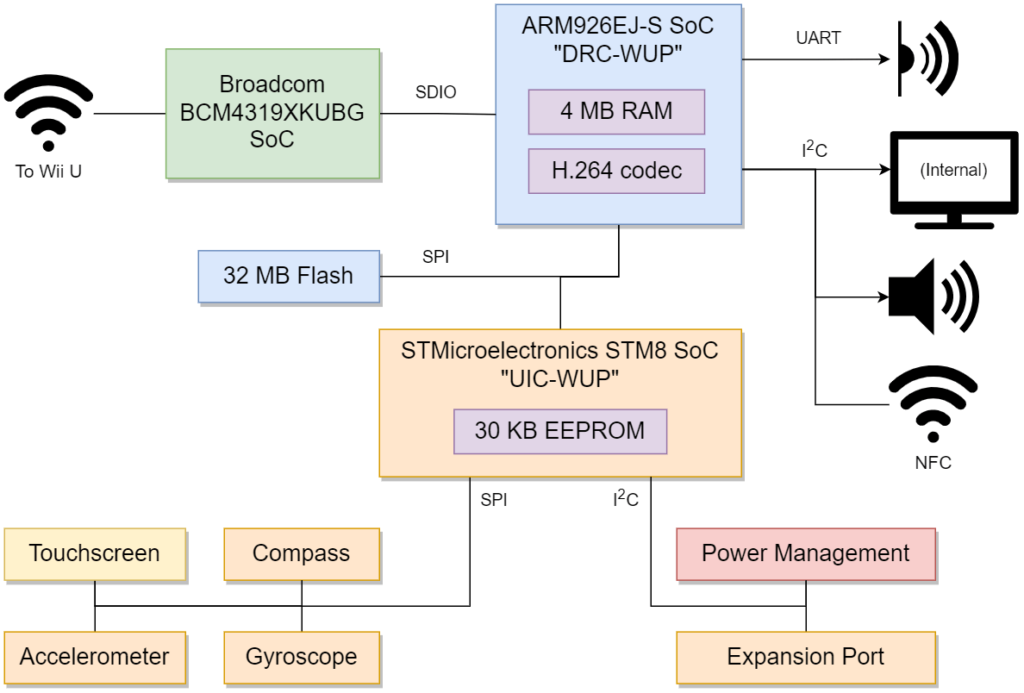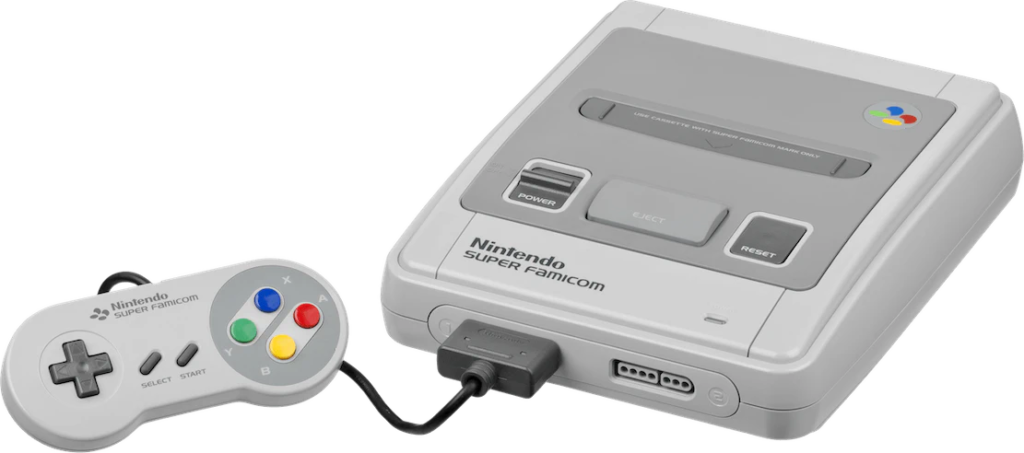More and more I find I should do a blog search to make sure that I haven’t posted something before, and my search for this video didn’t find it. It did find our link to the Copetti Site’s discussion of various console architectures, and a separate link specifically to their explication of the SNES’ construction, but not this particular video from NESHacker, so it’s fair game. Post! (zoop)
It’s only about nine minutes long so you can guess that it doesn’t go into deep detail. Essentially the NES is split into two parts, the CPU and its memory, and the PPU graphics chip and its own memory. A lot of classic consoles and microcomputers had to take special measures to support their display, which often ended up being the most complex part of the unit. Think about it: you have what amounts to a deluxe broadcast character generator right there in a box on your desk, shelf or floor, with lots of extra bells and whistles besides. (In fact, home computers were often used to generate current events channels for local cable companies, and an Amiga was essentially the basis for the old Prevue Guide channel.) It’s like a tiny special-purpose, single-receiver TV station just for your own use.
Graphics hardware is extremely timing sensitive. It has to generate the signal for your TV to display according to standardized picture generation requirements, so special requirements are often necessary. In the Commodore 64, for instance, the VIC-II graphics chip has the power to actually put the 6510 CPU to sleep, so it can have unrestricted access to the computer’s memory, without fear of bus conflicts, when it’s needed. This reduces the overall speed of the processor by a bit, and it’s why C64s turn off the screen when loading programs from cassette tape, in order to keep the CPU timing consistent relative to the data being streamed in off the tape.
The NES gets around this by giving the PPU RAM and address bus for its own exclusive use, and to put stuff in it the CPU has to use the PPU as an intermediary. And what’s more the NES exposes both the CPU and PPU’s address busses through the cartridge connector (which is why it’s got so many pins), allowing carts to supply dedicated ROM and RAM to both chips.
Even though it’s just a high-level overview, I found it a worthwhile use of those nine minutes, and you may very well enjoy it too.
NES Hardware Explained (from NESHacker, on Youtube, 9 minutes)


